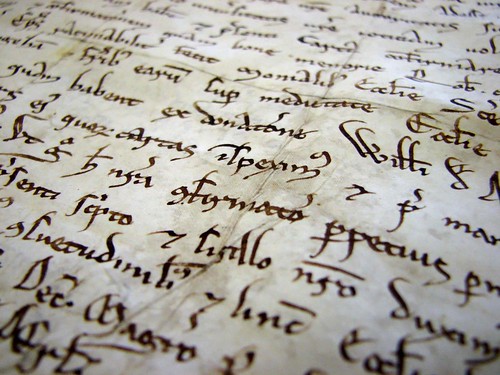When I was 11 or 12, in the early 70s, a dozen kids and I blocked a rough road in the woods, it was our special place. Excavators and dump trucks were pushing up a new subdivision. Although we had found burial mounds in "our woods", the knowledge that this place was the ancient (4,000 year) home of the Samas people (Songhees- Chekonein) wasn't the motivation for our activism. It was an indignity to nature and our sweet experience of it that had us dragging boulders and logs to voice our injury . It is 40 years later, and a narrow forest corridor is all that is left of "our woods". There is no such courtesy for the village of Sungayka, for which this woods was adjacent. The longhouses, the peninsular fortification, the house posts...all obliterated. Whilst a treaty intended a corridor (a means to access culture and place), the agreement was lost in the imperialist moments, a beach hotel was built for the amusement of Victorians, and the place was eviscerated, subdivided and overlain with new cultures. The Hudson Bay put in a large farm above. A people of long sustenance on a piece of land disappeared, no photo exists, no marker reminds.
The new peoples of Cadboro Bay don't seem live with an ecosystem, but on or over it. It is now hundred sailboats, cement playground creatures, a bustling University corner village. A starbucks. The beach and sea, the eroding stones, the middens in the gardens, the sacred pool, the cultural stones in foundations and walls are underfoot everywhere.
The ancient village site at Cadboro Bay will be surveyed as required by the Chekonein treaty, somehow, eventually. Until the treaty (one of the Douglas treaties) is honoured or compensation for its violation is agreed upon, all those occupying territory in Cadboro Bay are advised to note and honour the features a careful walk can reveal.
February 7, 2010
Subscribe to:
Post Comments (Atom)



No comments:
Post a Comment